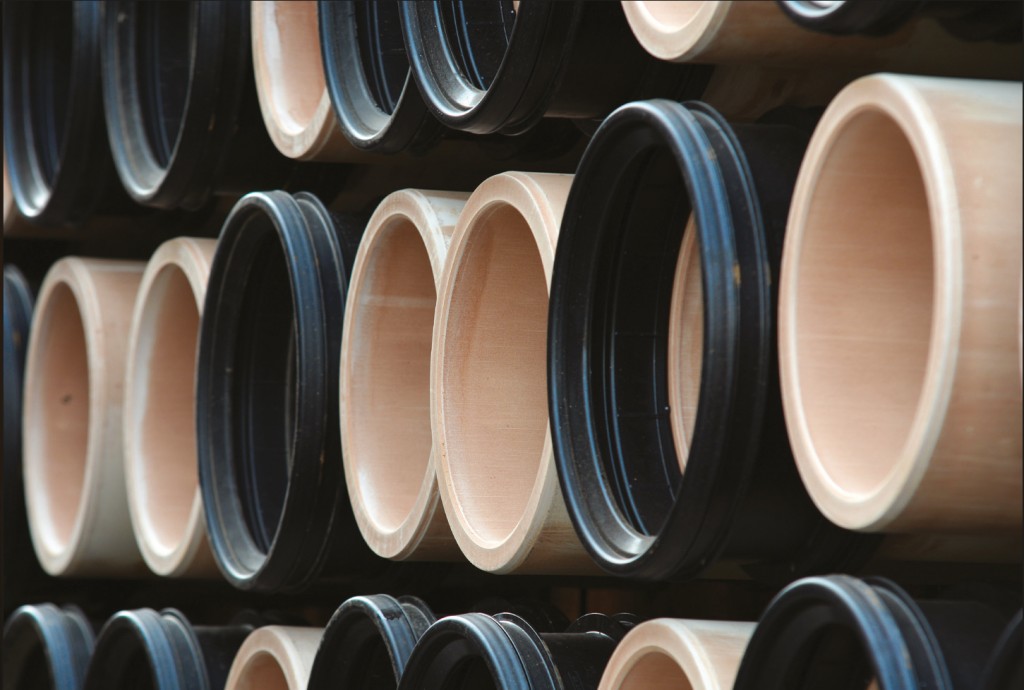Vitrified clay drainage products – sustainable from start to finish
 Engineers, contractors and clients are increasingly being required to focus on sustainable solutions which offer whole-life value in below ground drainage.
Engineers, contractors and clients are increasingly being required to focus on sustainable solutions which offer whole-life value in below ground drainage.
Most construction industry projects now have sustainability goals to a greater or lesser degree. For example, those seeking BREEAM certification must achieve credits for project sustainability including factors such as lifecycle assessment, responsible sourcing and resilience. As well as seeking out products, systems and processes that can offer minimal environmental impact, this also means professionals are looking for greater whole-life value.
Whole-life value is about more than reduced costs – it also leads to wider environmental, social and economic impacts. Wastewater systems may be hidden underground, but out of sight should not mean out of mind when it comes to sustainability. Faced with stringent building regulations, enhanced requirements for adoptable sewers and environmental standards increasing demands on performance, vitrified clay drainage systems can provide a sustainable option from cradle to cradle.
Raw sustainability
As well as being one of the world’s oldest and most popular construction materials, clay continues to be regarded as one of the most sustainable.
Central to clay’s sustainability credentials is that it is an abundant natural raw material in the UK, and one that also offers a long life cycle and re-uses energy in its manufacture.
Suitable for use in adoptable sewers, commercial and industrial construction, highways and general building works, vitrified clay pipes have a life expectancy of over 100 years.
Sustainability in manufacturing
A substantial amount of clay is reused in manufacture of vitrified clay pipes by CPDA members; 15% of pre-fired product (grog) is re-introduced back into the process without any reduction in quality, meaning the resultant pipes and fittings have lower embodied energy. Similarly, unfired offcuts and trimmings generated post-extrusion are returned to the process, while fired pipes from production testing can be crushed and re-used.
The roller kilns used for vitrified clay pipes optimise fuel consumption by reusing heat from the top temperature kiln zones into the relatively cooler dryer zones. In addition, pneumatically conveying powdered clay in steel ducts to the extrusion machines means the material is contained without loss to land, air or water.
Structural sustainability
The manufacturing process of vitrified clay pipes results in pipes with thinner body walls, which are lighter to handle than traditional clay pipe systems but offers greater dimensional control, mechanical crushing and beam strength, chemical resistance and resistance to high water pressure jetting.
While other materials may rely on imported primary aggregates surrounding the pipework to resist deformation under traffic loads, clay pipes carry most of the load themselves, supplying up to 90% of the compressive strength required. As such, they require less aggregate as a bedding material, reducing costs and the environmental impact. Excavated material and recycled aggregate can also be used to minimise waste and costs to landfill.
Durability and resilience is a key aspect of sustainability in the construction industry, while solely focusing on reducing capital costs is likely to incur increased whole-life costs through servicing and maintenance. Clay offers a sustainable, durable and cost-efficient drainage solution.
